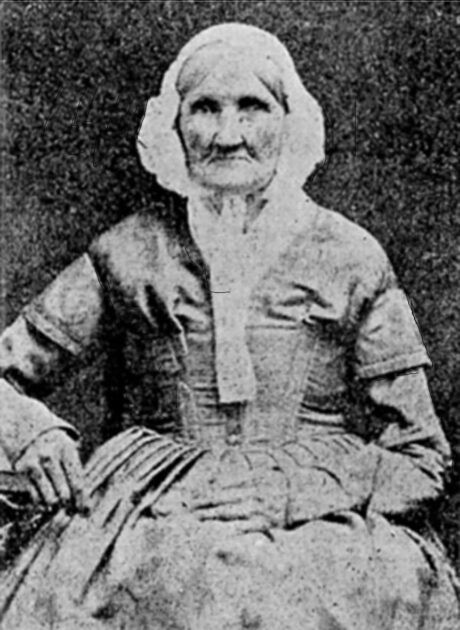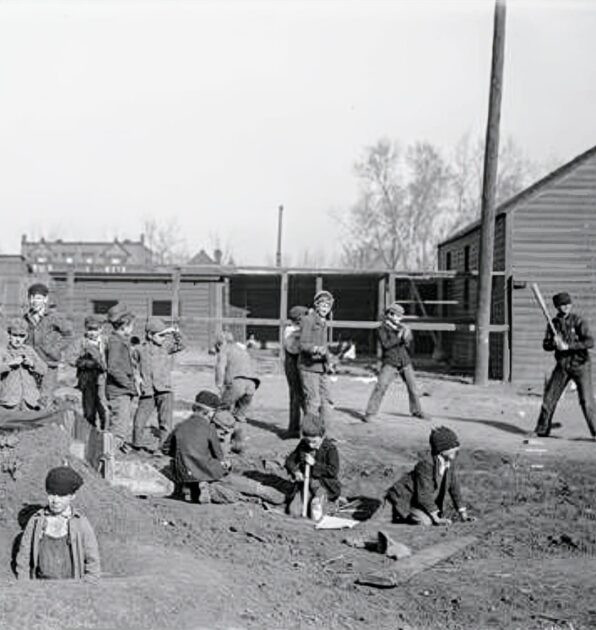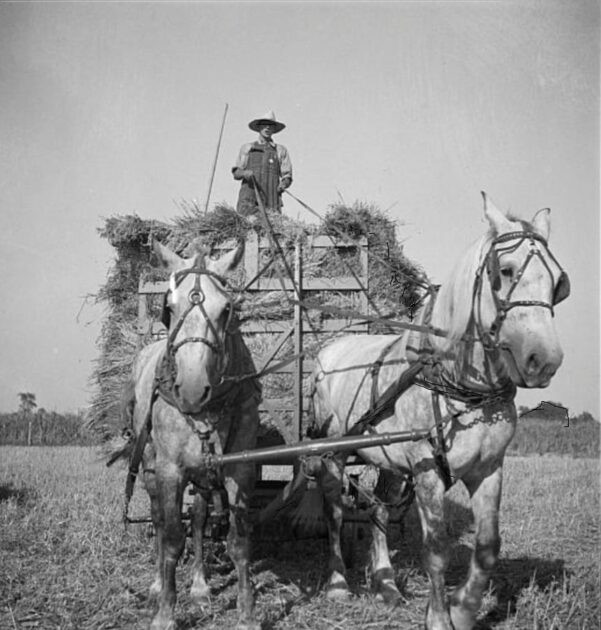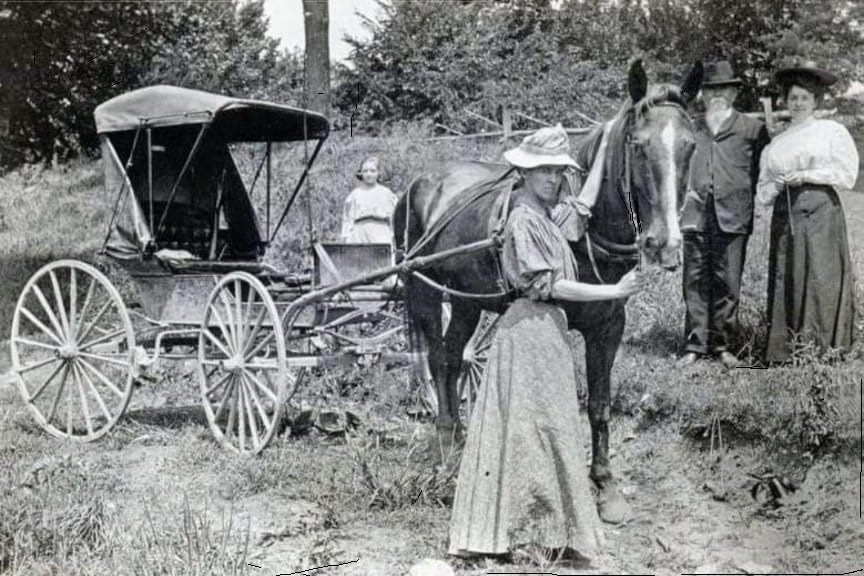A mother in front of outdoor stove near Hammond, Louisiana strawberry center
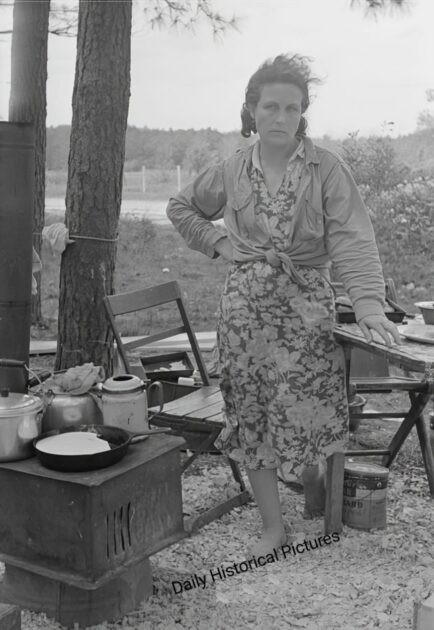
1939 in Louisiana: Life at the Strawberry Center
In 1939, Louisiana was a place of vibrant cultures and diverse communities, each contributing to the rich tapestry of the state. Amidst the challenges of the Great Depression, life went on, with families and communities finding ways to thrive. One poignant scene from this era captures a mother at the strawberry center near Hammond, Louisiana, standing resolute in front of an outdoor stove.
The Strawberry Fields of Hammond
Hammond, Louisiana, known as the “Strawberry Capital of the World,” was home to expansive strawberry fields. These fields provided not only economic sustenance for many families but also a sense of community and purpose. Strawberry farming was a labor-intensive industry, involving whole families in the planting, tending, and harvesting of the delicate berries.
A Mother’s Role
The image of a mother at the strawberry center is emblematic of the era. She stands by an outdoor stove, a crucial tool for preparing meals for her family and possibly for the workers who toiled in the fields. This scene underscores the multifaceted role of women during this time – caretakers, cooks, and essential contributors to the family’s economic well-being.
Outdoor stoves were common in rural Louisiana, providing a practical solution for cooking large quantities of food. These stoves were often used to prepare hearty meals that could sustain laborers through long days of work. The aroma of home-cooked food mingled with the scent of strawberries, creating a unique sensory backdrop to the rhythm of life in Hammond.
The Broader Context of 1939
The year 1939 was significant globally, marking the beginning of World War II. In the United States, the effects of the Great Depression were still being felt, though there were signs of economic recovery. In Louisiana, the agricultural sector remained a cornerstone of the economy, with strawberries being a major crop in the Tangipahoa Parish.
Families in Hammond, like many rural areas across the country, relied on each other and their communities to weather economic hardships. Barter systems were common, and community gatherings often revolved around food, whether it was a communal meal or a social event like a strawberry festival. These festivals celebrated the harvest and provided a brief respite from the daily grind.
Cultural and Social Life
Despite economic challenges, 1939 in Louisiana was a time of rich cultural expression. Music, particularly jazz and blues, was an integral part of life. In towns and cities, people gathered to listen to local musicians, dance, and enjoy the sense of community that music fostered.
For the children of Hammond, the strawberry fields were both a playground and a place of learning. They learned the values of hard work, family solidarity, and the importance of contributing to the community. Education, though not as accessible as it is today, was still a priority, with many parents striving to ensure their children had opportunities for a better future.
Conclusion
The image of a mother at the strawberry center near Hammond, Louisiana, in 1939, encapsulates the resilience and resourcefulness of families during a challenging period in American history. It is a snapshot of a community bound together by hard work, shared experiences, and the hope for a brighter future. Through the lens of this mother’s daily life, we gain a deeper appreciation for the enduring spirit of Louisiana’s people and the vital role of agriculture in sustaining their livelihoods.
